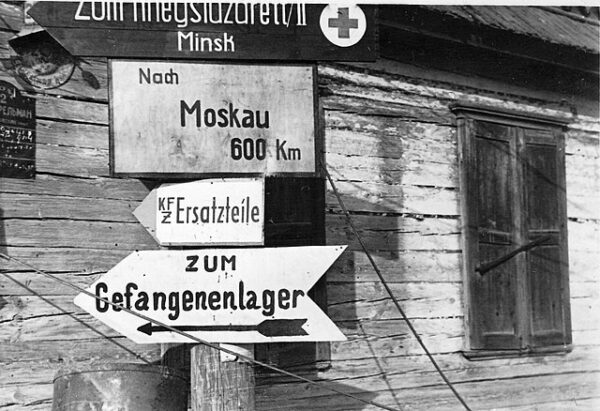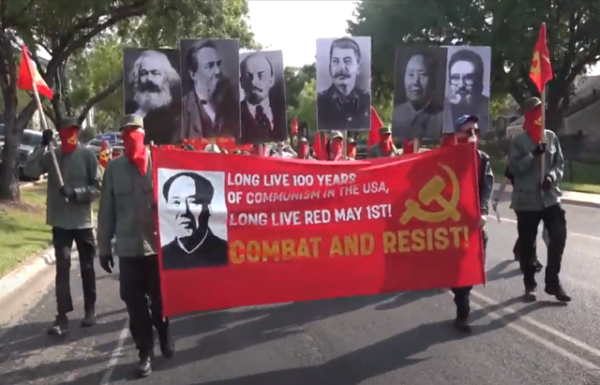Operation Barbarossa, the codename for Nazi Germany’s invasion of the Soviet Union during World War II, began on June 22, 1941. This operation marked a pivotal moment in the war, characterized by its scale, ambition, and the profound consequences for the rest of the conflict.
The roots of Operation Barbarossa lay in Adolf Hitler’s ideological convictions. Hitler’s expansionist policies and virulent anti-communism fueled his desire to conquer the Soviet Union, which he viewed as a linchpin in establishing German hegemony in Europe. The invasion aimed to destroy the Soviet Union as a political entity, secure vast territories for German colonization, and exploit the Soviet Union’s natural resources to fuel the Nazi war machine.
Planning for Operation Barbarossa began in earnest in late 1940. The German High Command developed a strategy that called for a massive, rapid assault designed to achieve a quick and decisive victory. The plan involved three major army groups: Army Group North, aimed at Leningrad; Army Group Center, tasked with capturing Moscow; and Army Group South, directed towards the resource-rich regions of Ukraine and the Caucasus.
In the early hours of June 22, 1941, the invasion commenced with a devastating artillery barrage and aerial attacks, targeting Soviet airfields, communications, and logistical centers. This was followed by the advance of over three million Axis troops, including German, Finnish, and Romanian forces, across an 1,800-mile front. The scale of the operation was unprecedented, making it the largest military invasion in history.
The initial phase of the invasion was marked by staggering successes for the Axis forces. The Soviet military, caught off guard and reeling from the effects of the Stalinist purges of the late 1930s, was ill-prepared to resist the onslaught. Within weeks, German forces had penetrated deep into Soviet territory, capturing hundreds of thousands of Soviet troops and vast quantities of equipment. The Luftwaffe established air superiority, decimating the Soviet Air Force.
Despite these early victories, several factors prevented the Germans from achieving their ultimate objectives. The vast distances and poor infrastructure of the Soviet Union strained German supply lines. The Soviet Union’s harsh climate, particularly the infamous Russian winter, posed severe challenges to German troops, who were ill-equipped for extended operations in such conditions. Additionally, Soviet resistance, though initially disorganized, began to stiffen as the war progressed.
The Soviet leadership, under Joseph Stalin, initially in shock and disbelief, quickly rallied the nation’s resources for a total war effort. The Soviet strategy included scorched-earth tactics, denying the advancing Germans vital supplies, and relocating key industries east of the Ural Mountains, beyond the reach of German bombers. Soviet counterattacks, such as the defense of Moscow in late 1941, inflicted significant losses on German forces and marked the beginning of a protracted and bloody conflict on the Eastern Front.
Operation Barbarossa’s failure to secure a quick victory had a far-reaching impact on the success of the Allies against Hitler. It forced Germany into a prolonged two-front war, stretching its military resources thin. The brutal fighting on the Eastern Front became one of the war’s defining theaters, characterized by immense casualties and atrocities on both sides. The invasion also galvanized Soviet nationalism and solidified the USSR’s resolve to resist and ultimately defeat the invaders and the eventual collapse of Nazi Germany.






